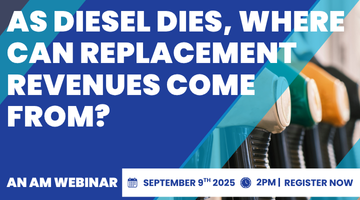In the six years since the introduction of the twin plate system, September has been the best selling month on four occasions, a pattern that Glass’s predict is unlikely to change for the foreseeable future.
One of the most important factors influencing this ongoing trend is that contract hire and personal finance agreements lock car buyers in for a number of years, and this will often govern the timing of future vehicle purchases.
"Those who previously bought a new car in August under the old registration plate scheme inevitably find it easier to shift their replacement cycles to September rather than March," says Alan Cole, editorial consultant for Glass’s market intelligence service.
One of the main reasons the new car market moved to the current twice-yearly plate change in 1999 was to help avoid a disruptive surge in sales in August – the month when the changes were made under the previous system. August typically accounted for around 22% of total annual sales.
This meant dealers had to withstand the negative financial impact of an inevitable lull in sales just before the plate change, and then respond to the logistical challenge of satisfying significant pent-up demand once August began.
However, this annual peak has now been replaced with two separate peaks in March and September, that combined account for between 33 and 35% of total registrations each year.
"Buyers clearly still favour a new plate, and so merely shifting to a bi-annual change has predictably failed to lessen the impact on the industry of irregular sales patterns," says Cole.
Glass’s predicts that sales in March 2005 will be a key barometer of the overall health of the UK’s new car market. Cole says: "Demand for new cars is currently faltering, so retailers will be particularly anxious to see how the predicted uplift in sales during March compares to the same period last year."
Registrations in March 2004 reached 466,955 units, a 6.6% increase over the previous year, but also the highest single monthly figure since the introduction of the twin plate system in March 1999. "In the current market climate, 425,000 would be a good result – still putting it ahead of March 2002," concludes Cole.













Login to comment
Comments
No comments have been made yet.